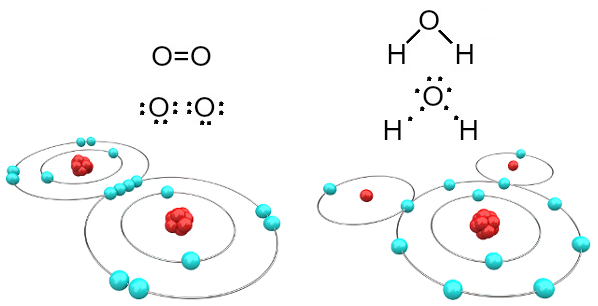What was the German Unification?
German unification was the process of territorial unification that led to the emergence of Germany as a nation-state during the second half of the 19th century. This process was conducted by the Kingdom of Prussia which at that time was led by the king William I and by the prime minister Otto von Bismarck.
This territorial unification resulted from the modernization of the economy and industrialization of Prussia – which was the richest in the German Confederation – as well as from the modernization of the Prussian army. Finally, this process was only possible with the confrontation of neighboring nations, which allowed the Prussians to conquer and annex the territories that would form present-day Germany.
Germany in the 19th century
In the 19th century, the region that currently corresponds to German territory was composed of a series of small kingdoms and duchies, many of which were under the rule of the Austrian Empire. All of these realms were grouped together in what became known as
German Confederation, established in 1815, during the Congress of Vienna.The Germanic Confederation, however, did not mean a territorial unit for this region. Furthermore, the Austrian presence in this entity weakened the power of the Prussians – the great interested in unification. The ideals of unification were strengthened with the growth of nationalist movements in this region, starting with the revolutions of 1848.
The two powers in these territories were the Kingdom of Prussia and the Austrian Empire. At that time, the Prussians were interested in promoting the unification of this region and excluding Austria from German affairs. Prussia was the most economically developed and industrialized kingdom and, after the coronation of William I as king and the appointment of Otto von Bismarck as prime minister led to the territorial unification of the Germany.
unification process
The great names of German unification were King William I and Otto von Bismarck, the Prussian prime minister. Other important names were Albrecht von Roon, who led with the king the modernization of the Prussian army, and Helmuth von Moltke, a skilled strategist who won important victories for the Prussians in battles during this period.
Otto von Bismarck's policy was essential to ensuring German unification, as it strengthened the Kingdom of Prussia and weakened its Austrian and French neighbors. This shift in the balance of power was vital to German unification, which was only possible after the completion of three Prussian-led wars. These wars were:
War of the Duchies (1864);
Austro-Prussian War (1867);
Franco-Prussian War (1870-1871).
The victory of the Prussians in these three wars made possible the unification and the emergence of the german empire. Furthermore, this territorial union, as mentioned, altered the balance of power in Europe and generated deep resentments that contributed to the beginning of the First World War at the beginning of the 20th century.
Do not stop now... There's more after the advertising ;)
unification wars
German unification began, in fact, from Prussian ambitions for two duchies controlled by Denmark: Holstein and Schleswig. These duchies, then administered by the Danes, lost autonomy with Denmark's breach of an agreement signed in 1852. This episode was used as a pretext for the Prussians to attack this region in the War of Ducats.
The invasion of Holstein and Schleswig took place with the support of the Austrians and the guarantee of neutrality from the French. The Danes were unable to defeat the Prussian and Austrian troops and were defeated. With this, Schleswig was left with Prussia and Holstein in the possession of Austria.
The occupation of the two ex-Danish duchies eventually resulted in a disagreement between the Austrians and the Prussians, and this, later on, sparked a conflict in 1867, known as Austro-Prussian War. During this war, the Prussians had the support of the Italians, who attacked the Austrians to the south, forcing them to fragment their forces.
The victory of the Prussians over the Austrian forces came quickly, mainly because the Austrians had to split their forces to fight the Italians to the south. In addition military superiority of the Prussians was fundamental to guarantee this achievement. The victorious Prussians managed to conquer all the Germanic states that had supported the Austrians. Furthermore, the Austrians were expelled from the German Confederation and were forced to indemnify the Prussians.
Finally, the last stage of German unification came with a conflict against the French in 1870 and 1871, which became known as Franco-Prussian War. This war was motivated by friction between these two countries because of Germanic states in the south of the country. Confederation, which had not yet been occupied by Prussia and a disagreement as a result of the succession of the Spanish throne.
The Franco-Prussian War ended with a great victory of the Prussians over the French, who proved to have an obsolete army. With this, the Prussians imposed humiliating conditions on the French, such as the payment of heavy indemnity, cession of Alsace-Lorraine and to accept the holding of a march by the Prussian army on Paris.
The vexatious terms imposed by Prussia were intended to weaken France in Continental Europe for a long period. The outcome and the humiliation suffered in the war soured relations between these two countries and caused the emergence of a movement revenger in France, which contributed to the outbreak of a new war between these nations during the First World War.
By Daniel Neves
Graduated in History

